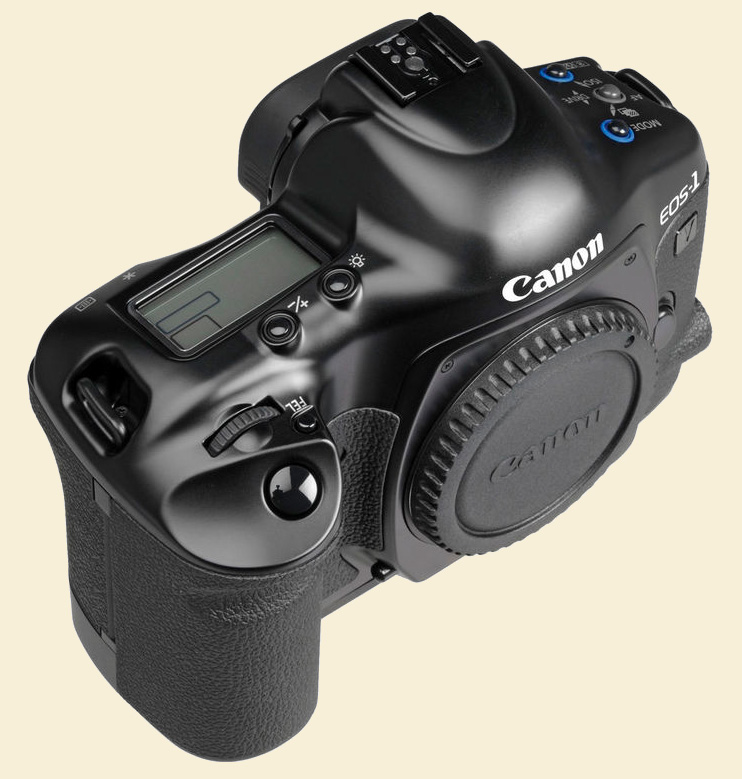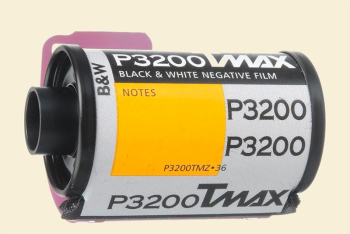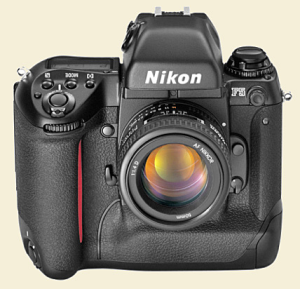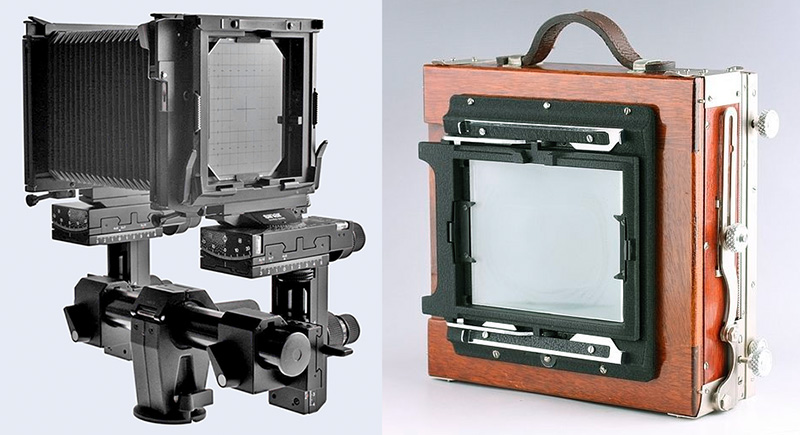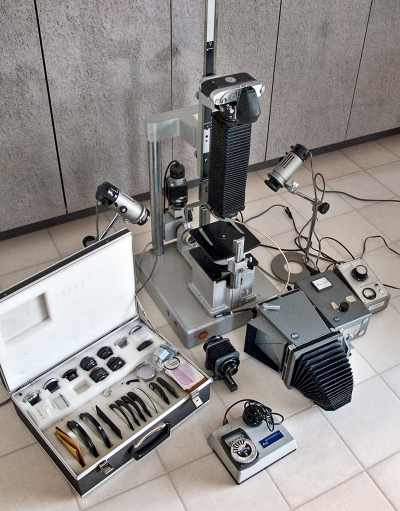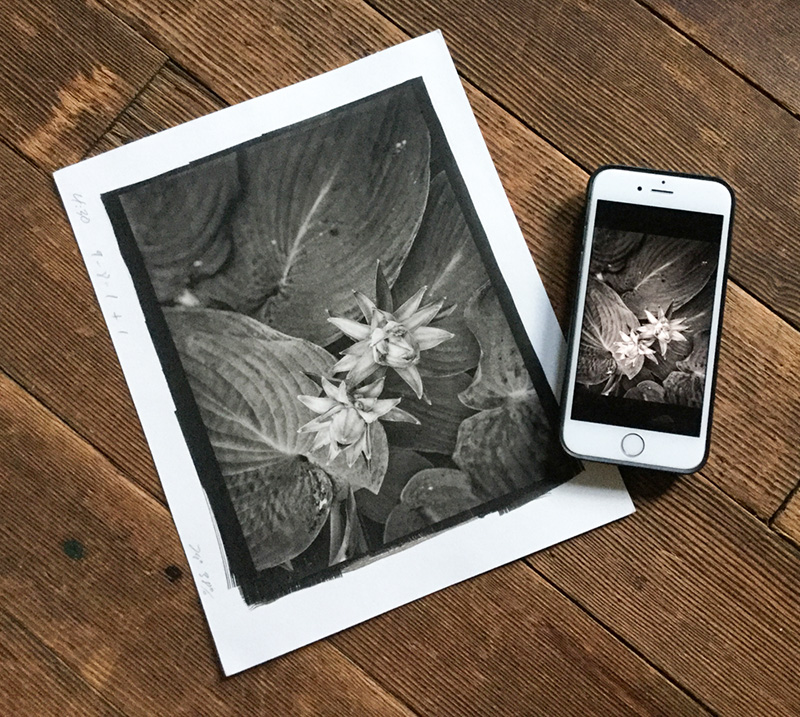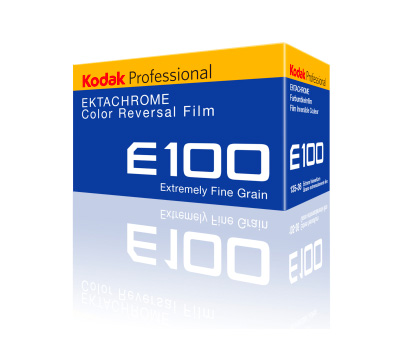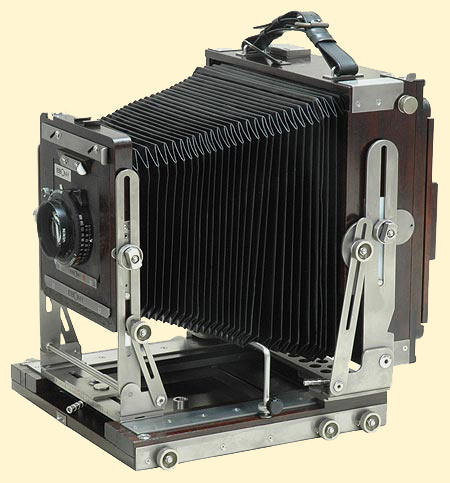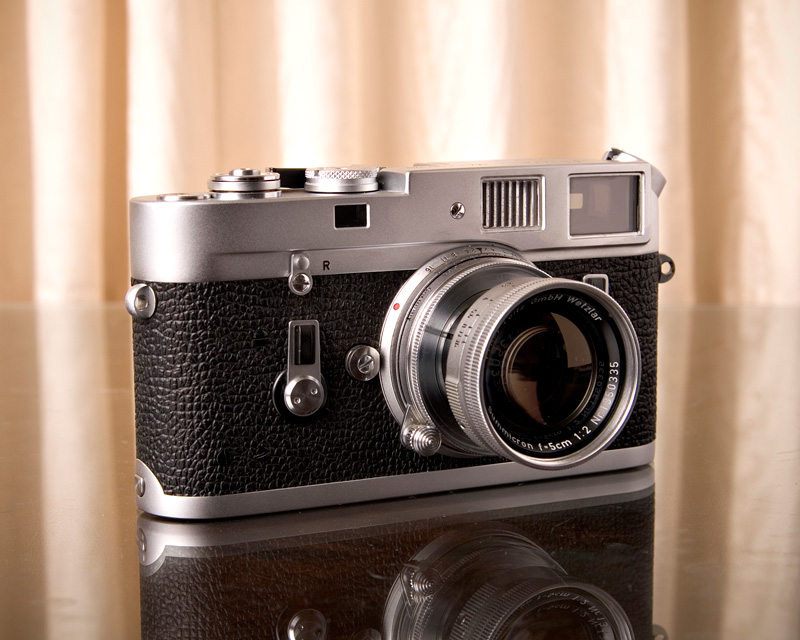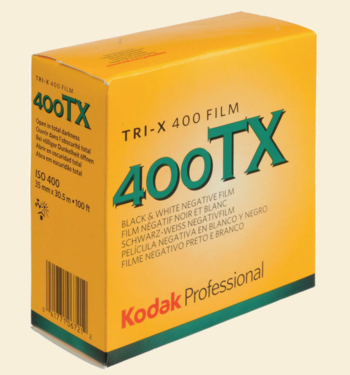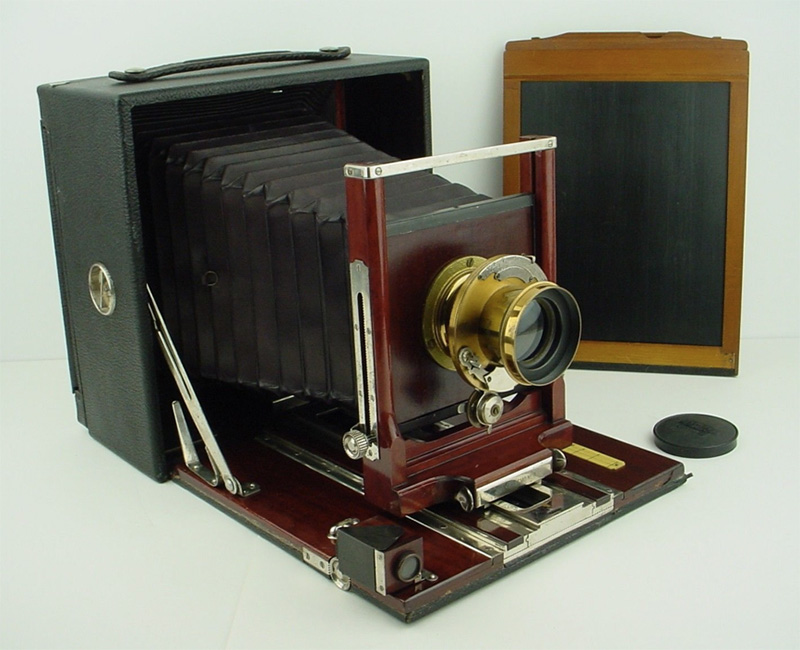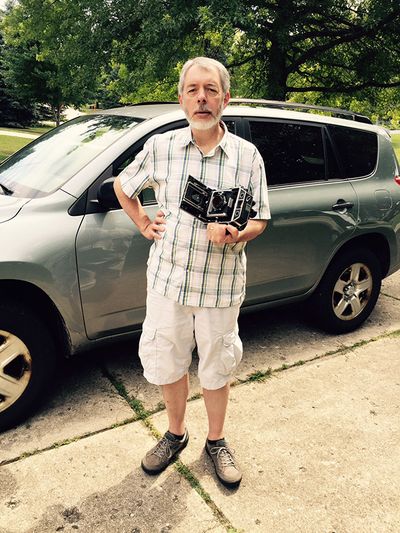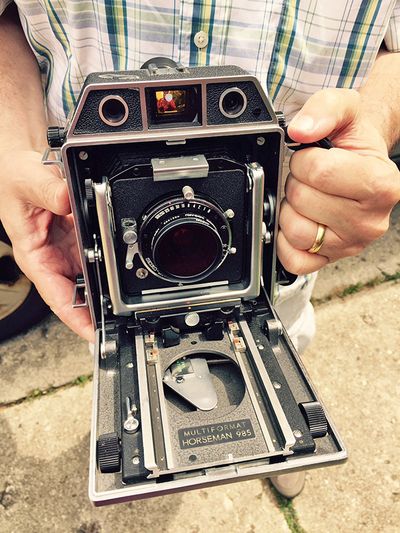I've been following a thread over at DPReview that asks, "Should every photographer try shooting film at least once in their life?"
I'm on record saying that I think one of the best ways to learn photography is to shoot B&W film in a classic rangefinder Leica with one lens for a year, as an exercise. But that recommendation (despite the fact that a surprising number of people did it) is increasingly impractical.
So is there any reason to try film once, if you never have?
Looked at one way, my entire history in photography consists of trying stuff—all kinds of stuff—just to experience it, to demystify it for myself, broadening my horizons. Call it "deliberate dilettantism." It's been the way I've learned about the art of photography, rummaging around in the many rooms of its rambling mansion. So if I had never tried film, I'd try it just to try it.
I'll add a twist to it. I think the one thing everyone should try just once—if you're going to shoot film just once for the experience—is to shoot film with a view camera. If I were teaching photography today, I'd have every student spend a few hours with a view camera and make one successful shot with it so they could experience that. That would clean a broad window with a view into photography's origins, and into the experience of early photographers. (Of course I'd help them with technique, to help ensure success.) That would be worth the experience.
What's your take? Be sure to mention whether you actually have ever shot film before or not—a necessary context for your opinion!
Mike
Original contents copyright 2018 by Michael C. Johnston and/or the bylined author. All Rights Reserved. Links in this post may be to our affiliates; sales through affiliate links may benefit this site.
B&H Photo • Amazon US • Amazon UK
Amazon Germany • Amazon Canada • Adorama
(To see all the comments, click on the "Comments" link below.)
Featured Comments from:
Mike Plews: "Right on. Digital photography is wonderful and I don't want to go back but I also feel sorry for photographers who have never stood over a tray and watched an image come up. It's what hooked me back in 1962 and it still gives me a thrill.
"Try taking a view camera somewhere photographers gather, like a national park. When you come out from under the dark cloth don't be surprised if there are folks waiting to politely ask if they can take a look.
"Thanks for the prod Mike. I may just have to dust off the family Toyo."
Nathan DeGargoyle: "'Try everything once, except folk dancing and incest.' —Thomas Beecham."
William Schneider: "Once upon a time at Ohio University, a regular assignment in beginning darkroom classes required usage of a view camera instead of what most students already owned—film SLRs. The purpose was to teach them the basics of photography, and to open aesthetic doors by using a slow approach. One person that I know confessed hatred for those assignments. To avoid using a view camera, he used slow, grainless film in his 35mm SLR on a tripod, developed carefully, and made enlarged 'contact sheets' that included darkroom-created sheet-film borders to fool the professor. He might have learned as much with this labor-intensive workaround as he would have by just using the view camera. In that case, the assignment still worked."
Mark Cotter: "As an English teacher who has also taught photography to 16–18 year olds in the UK, I agree that shooting film at least once is a good idea. It's instructional about the history of the medium, makes students appreciate what they can do in Photoshop, and makes some good links to those PS skills and the darkroom. A colleague of mine (who also taught the same students) was all for experimentation in PS. I took the line: can it be done in the darkroom? Students did more of the latter and less of the weird and wonderful after developing and learning to print their own film.
"As for using a view camera? It's one thing I haven't done and I have always wanted to learn how one worked. I see it as a gap in my knowledge of how the medium works."
Steve Jacob: "Life is short, and there are so many things I should do (apparently). So I have decided to prioritise them. This one is now penciled in for June 2036."
Ed Kirkpatrick: "Building and using pinhole cameras ranging in size from large garbage cans to 35mm film canisters using both photo paper and film taught me more about optics, light, and composition than all the years of using various 'real' cameras combined. I agree, those new to photography should explore film as well but the act of designing and building and using a basic pinhole camera teaches from a different and really hands-on perspective."
Tom Bell: "Well, in this, as with music, I am being led back to the future by my children aged 20 and 25...they both have Pentax ME Supers and now the lovely little Olympus 35 RC rangefinders. They are more patient than their father...and they are making good use of all those lovely Pentax K primes!"
Rod S.: "I shot 35mm film for 20 years, then 6x7cm medium format film for 15 years. For the last six or seven years, I've shot mainly 4x5-inch large format for ancient architecture, my serious subject matter. Over the same time period, I've used digital Fuji (X100, X-Pro1 and X-T1) for perfunctory and non-serious photography.
"With that perspective, here's my take:
"I don't think it's very useful trying film 'just once in your life.' For someone who knows only digital photography, the single experience, or even a few, even under guidance, is likely to be dominated by uncomfortableness at best and inferior results or failure at worst. And they will feel justified in dismissing film photography thereafter because they can now say truthfully that they tried it.
"The big problem with the question is that 'film' and 'film photography' for the vast majority of people consists of shooting rolls of 35mm, or rolls of 120 in the manner of 35mm. Which is, essentially, hand-held point and shoot. In that context, 'film' is just too much like digital with inconvenience added for no substantive benefit.
"Using 4x5 inch large format film for the last six years has transformed my practice and my appreciation of photography. I now routinely achieve results deserving of exhibition. Large format requires a particular focus, a particular discipline, a particular intent. The result itself, with practice, can be a particular look, a combination of formality, resolution, richness of tone. To not experience all that is to a photographer's loss.
"I am disappointed that most photographers are reluctant to swim out beyond the shallow end of the pool and experience a weightless tumble in the deep water. I understand that reluctance because I used to be one of those people. I was wrong.
"Somewhat concerned that my dedication to large format is somehow limiting me, some time ago I bought a used Phase One P45+ digital back and two Schneider Digitar lenses for my Cambo technical camera body. But life since then has been busy, and I'm yet to overcome the technical complexities (digital sensors cannot accept light incident from low angles, so the newer lenses have much smaller useful image circles). It's been easier to buy more large format lenses."
Steve Smith: "There is a similar argument with live sound engineering. I started on analogue mixers and learned digital fairly late in life (50). I'm happy with both. I know a few engineers who have never used analogue and would be confused by it. There is no need for them to use it, but I think it would help with their understanding of how both types work—same with film and digital."
Steve Caddy: "I did the OCOLOY exercise as prescribed, with an M6 and a 35mm ƒ/2, and it really was a great teacher.
"There are a certain lessons that are brought home by being forced to work slow—with a very simple, very manual, very direct camera (a view camera just takes it to the logical end).
"The first three months of that year produced many of the worst pictures I've ever taken, and it was particularly cruel to look forward to a shot that I thought would be great only to find out I'd screwed it up somehow (or the subject had blinked) days later, but toward the end I had learned to be one with that little camera and was consistently producing the best stuff that I'd ever shot. You ruined me for other cameras that year, Mike, and I've been condemned to the M system (now digital) ever since.
"There are other lessons that are learned much faster by working fast and being able to think, try, see and repeat—that build the experience of cause and effect. Estimating exposure by eye, then checking the meter, then checking a test shot (and seeing a histogram) a few times a day is much more instructive than estimating the exposure, checking the meter and waiting days to seeing the test image and comparing it to some abstract notes. It's just torturous.
"I never fell in love with the darkroom process in the way that many people talk about—the magic of seeing the image appear was nice, but never compelled me—but do remember feeling that the physical presence of photographs and film, and being able to 'make' them, had a certain slightly awesome power in it. I felt that long before digital hit the scene.
"I'm on the fence as to whether everyone should shoot film at least once, but I feel very strongly that everyone should make their artistic practice a physical one, at least for a while. I don't think you can really make a book without making a physical dummy, or a physical flat plan. And I suspect that physical editing, with little prints on a wall, is superior in many many many ways to the digital version. The digital way is faster, but I'm not sure it's more efficient in terms of a time/quality equation.
"Print. Print. Print."
